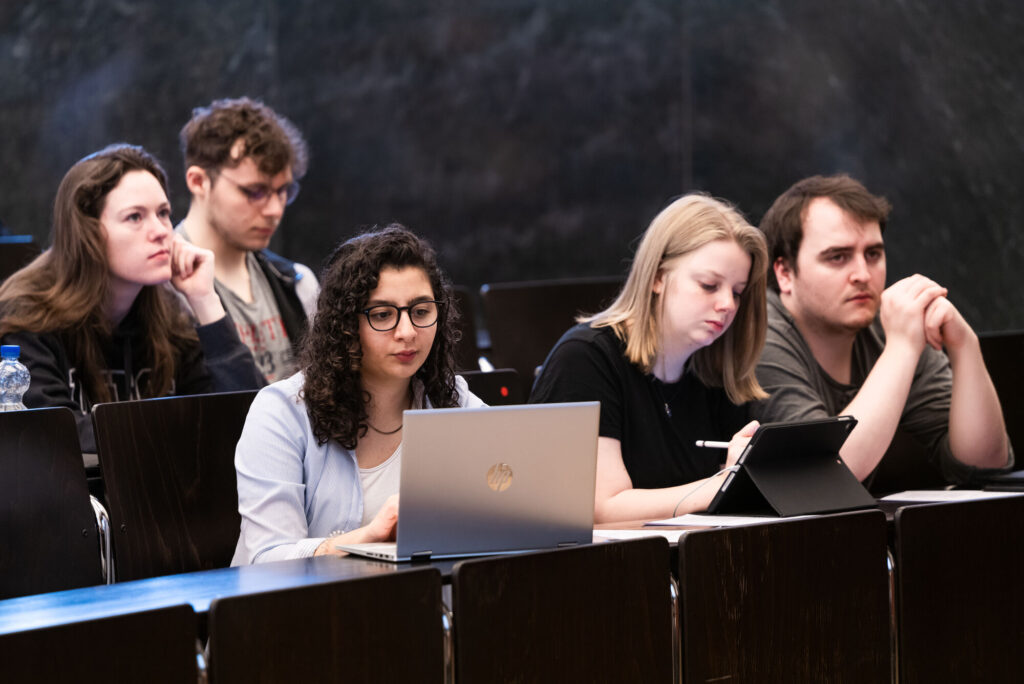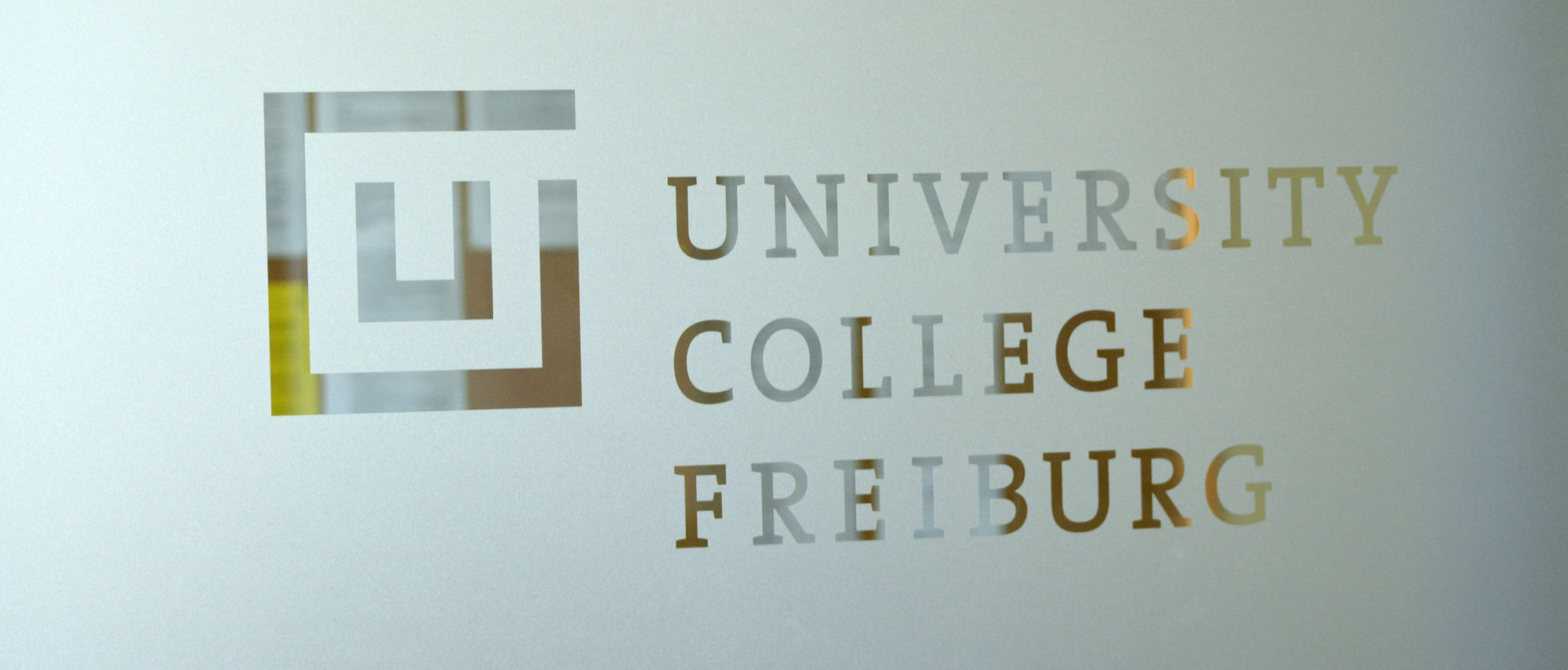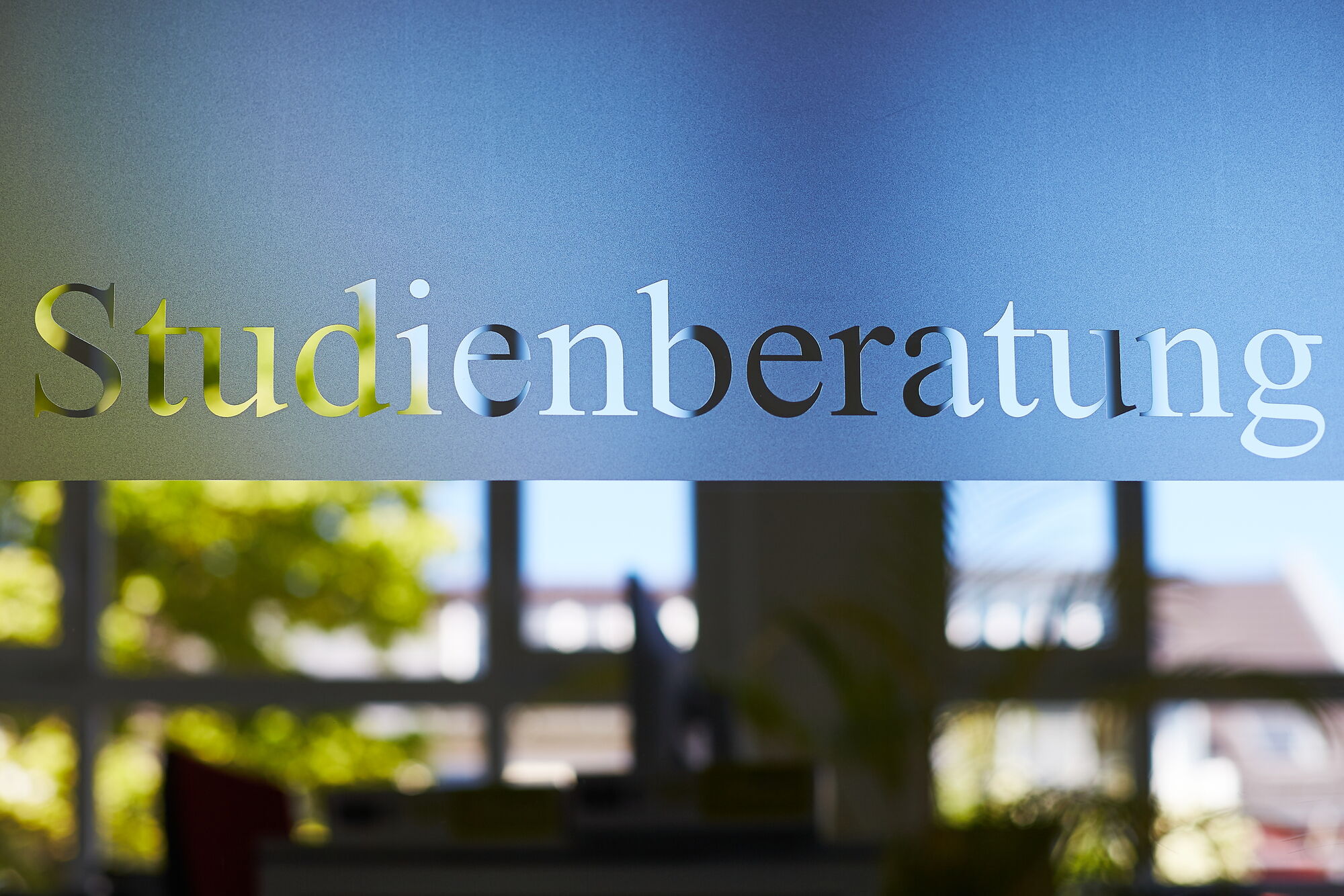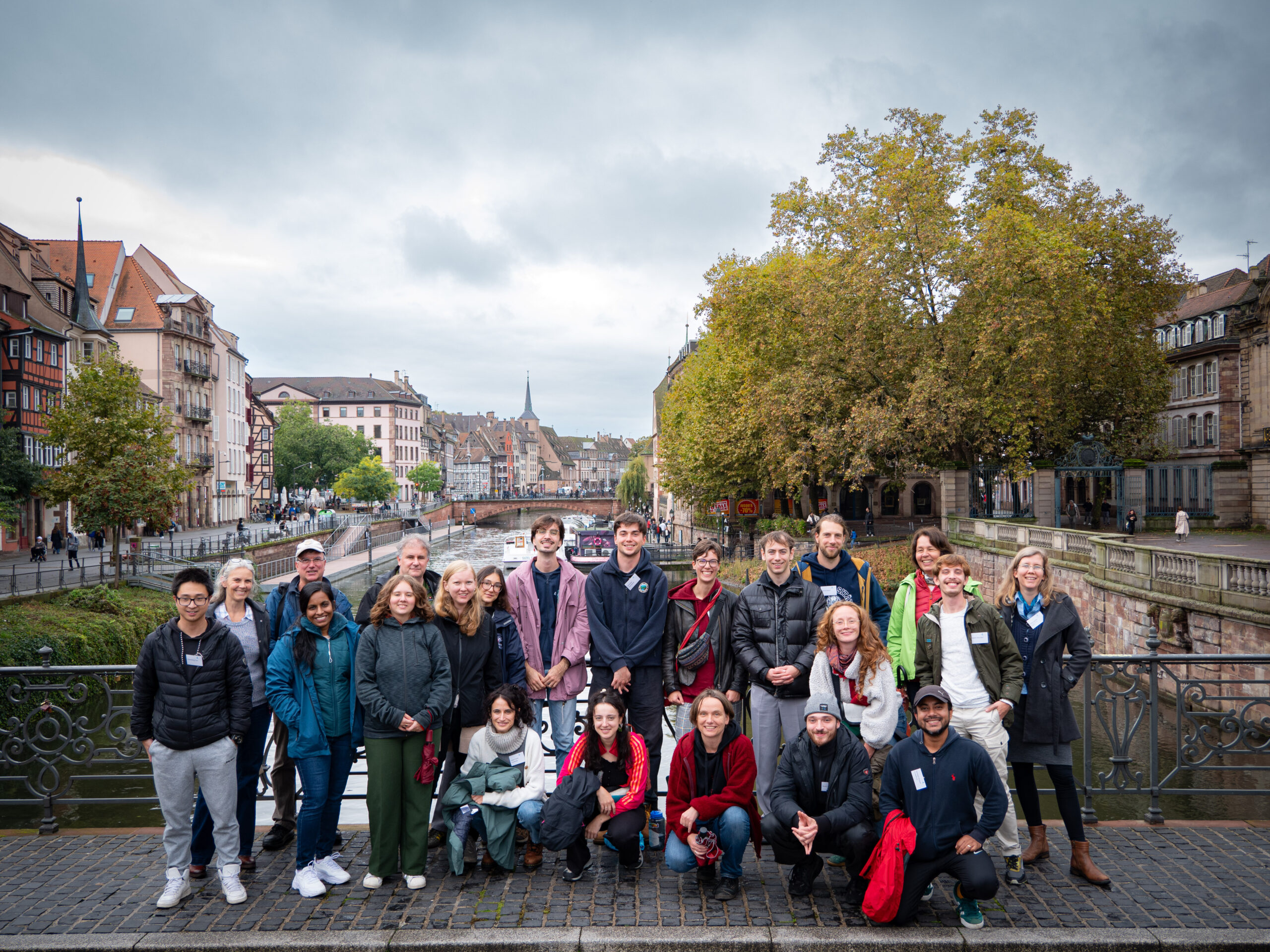History
A Future Built on Tradition
The University of Freiburg has influenced society with its teaching and research since 1457. Its exciting and chequered history is on display at the place where everything began: the Old University, in the heart of the old town, site of the Uniseum since 2004. Affiliated with the University Archive, the Uniseum provides a stroll through six centuries of University and scholarly history.
21st Century: Networking
The University of Freiburg is a driving force in networking universities and funding organizations. It brings people and ideas together – at the University, in the city, in the region, in Europe, worldwide.
Excellence
Transdisciplinarity is the central theme of its outstanding research institutes established as a result of the Excellence competition. In the first round of the Excellence Initiative in 2007, the University of Freiburg was successful in all three funding lines: with the Spemann Graduate School of Biology and Medicine (SGBM), with the Cluster of Excellence BIOSS Centre for Biological Signalling Studies, and with its institutional strategy and its centrepiece, the Freiburg Institute for Advanced Studies (FRIAS). In the second round in 2012, renewal proposals for SGBM and BIOSS were approved and a new proposal for the Cluster of Excellence BrainLinks-BrainTools was successful. In the Excellence Strategy in 2018/19, the University of Freiburg entered the competition with new initiatives: The Cluster of Excellence CIBSS – Centre for Integrative Biological Signalling Studies and livMatS – Living, Adaptive, and Energy-Autonomous Materials Systems took up their work at the beginning of 2019. The previous Excellence institutions FRIAS, SGBM, BIOSS, and BrainLinks-BrainTools have secured long-term funding from the State of Baden-Württemberg.

History of the Architecture and Memorials of Collegiate Building I
The Collegiate Building I contains historical memorials and inscriptions that reflect the university’s history and demonstrate how it has dealt with its past at various points in time. The building is therefore both an architectural monument and a site of historical significance. These traces serve as a reminder of the university’s turbulent past, both as a commemoration and a warning.
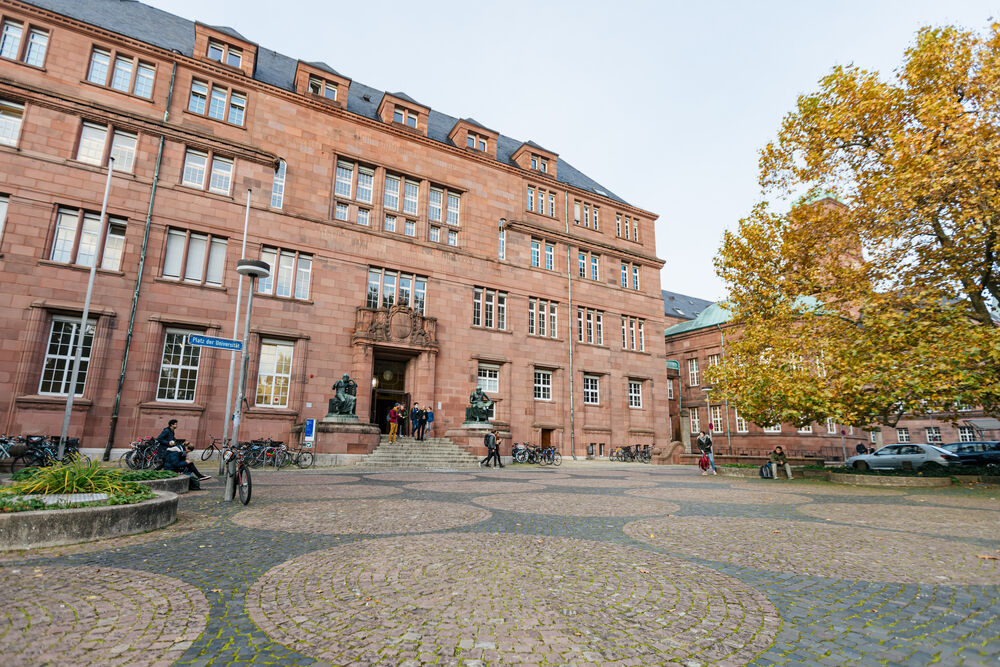

Collaborations in Freiburg
The University of Freiburg has entered into a unique partnership with the Fraunhofer-Gesellschaft. In 2015, it joined forces with Freiburg’s five Fraunhofer institutes to found the Sustainability Center Freiburg, which conducts research into novel technologies for sustainable development and promotes the transfer of research findings into industry and society. Its engineering core is the Department of Sustainable Systems Engineering (INATECH), also founded in 2015 at the Faculty of Engineering, through which the University has expanded it course offerings in this focus area as well.
The University has also collaborated for many years with Freiburg’s two Max Planck institutes, for example in the field of biological signalling research at the Cluster of Excellence CIBSS or in civil security research at the Centre for Security and Society. In addition, the University has established interinstitutional partnerships with Freiburg partner institutions, including the School of Education FACE with the University of Education in 2018, which is devoted to the topic of teacher education, and the Freiburg Centre for Music Research and Teaching in the area of musicology with the University of Music in 2019.
International Collaborations
Internationally, the University of Freiburg is involved in important networks, such as the League of European Research Universities (LERU). It also co-operates with renowned universities worldwide. The University of Freiburg maintains particularly close and comprehensive relationships with the universities of Adelaide/Australia, Nagoya/Japan and Penn State/USA as Enhanced Partners.
